Mezmo + Catchpoint deliver observability SREs can rely on
For SREs juggling multiple services, third-party dependencies, and constant alerts, a critical service slowdown can quickly turn into chaos. APM Dashboards may show everything is fine, yet users are still experiencing problems. That gap—between application telemetry and real-world performance—can turn a five-minute fix into a two-hour war room.
Mezmo and Catchpoint help close that gap. Mezmo’s Active Telemetry extracts the signals that matter from logs and telemetry events in real time, while Catchpoint’s Internet Performance Monitoring Platform (IPM) monitors the entire Internet Stack for digital disruptions from the user’s point of view, anywhere in the world. This provides end-to-end visibility from the user to the application, and automated root cause analysis identifies the most likely source of disruption from the outside in.
On top of that, Mezmo’s agentic SRE capabilities analyze signals from both IPM and APM, surfacing probable root causes and actionable next steps. The result: a complete, intelligent view that reduces blind spots, cuts noise, and helps teams resolve issues faster. Enterprises processing billions of events per day rely on this approach to keep critical systems running smoothly.
Why this partnership matters:
- Reducing blind spots: See when APIs respond quickly internally, but routing, security systems, CDNs or external dependencies slow delivery to users. Mezmo’s Active Telemetry captures internal events as they happen, while Catchpoint monitors actual user experience—giving you full-stack visibility.
- Cutting noise: External alerts often trigger false positives. By correlating performance degradation with structured internal signals, SREs can focus on actionable problems instead of chasing every alert.
- Resolving issues faster: Mezmo’s agentic SRE capabilities surface probable root cause across both APM & IPM in minutes. Combined with IPM insights from Catchpoint, teams can trace user-reported slowness back to specific service dependencies quickly, reducing MTTR and firefighting.
Meet us at IOCS:
If you’re attending Gartner’s IOCS conference, join us on December 10th at 8pm for a happy hour at The Sugarcane Social. Visit us on the show flow Mezmo (Booth #633) + Catchpoint (Booth #655) and see how teams are using Active Telemetry, external monitoring, and agentic root cause analysis together to catch issues faster and gain confidence in their systems.
Stay tuned for upcoming posts that will explore:
- How SREs spot hidden failures before they affect customers
- Strategies to filter signal from noise in real time
- Real-world examples of faster incident resolution using full-stack insights and agentic analysis
Learn More:

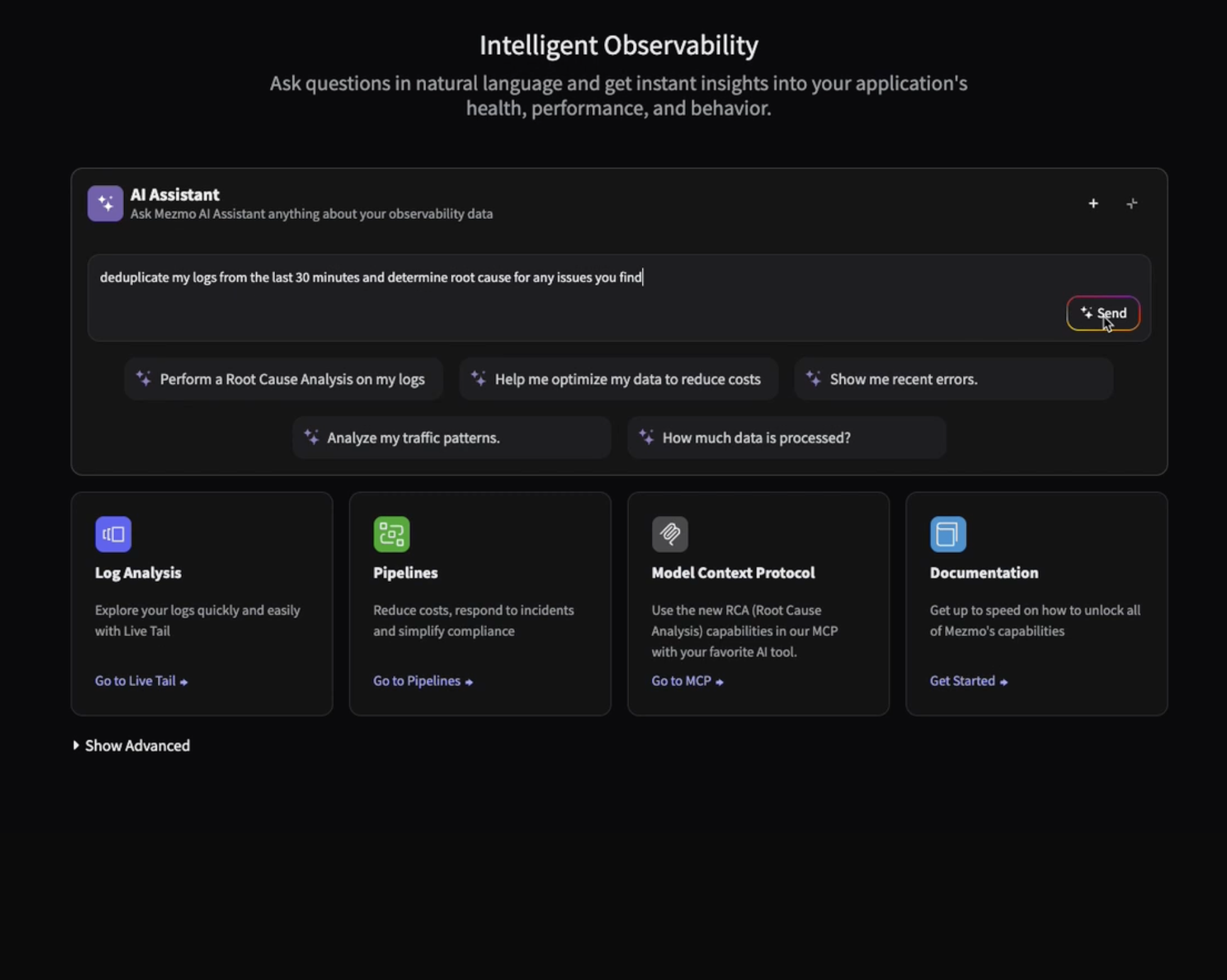
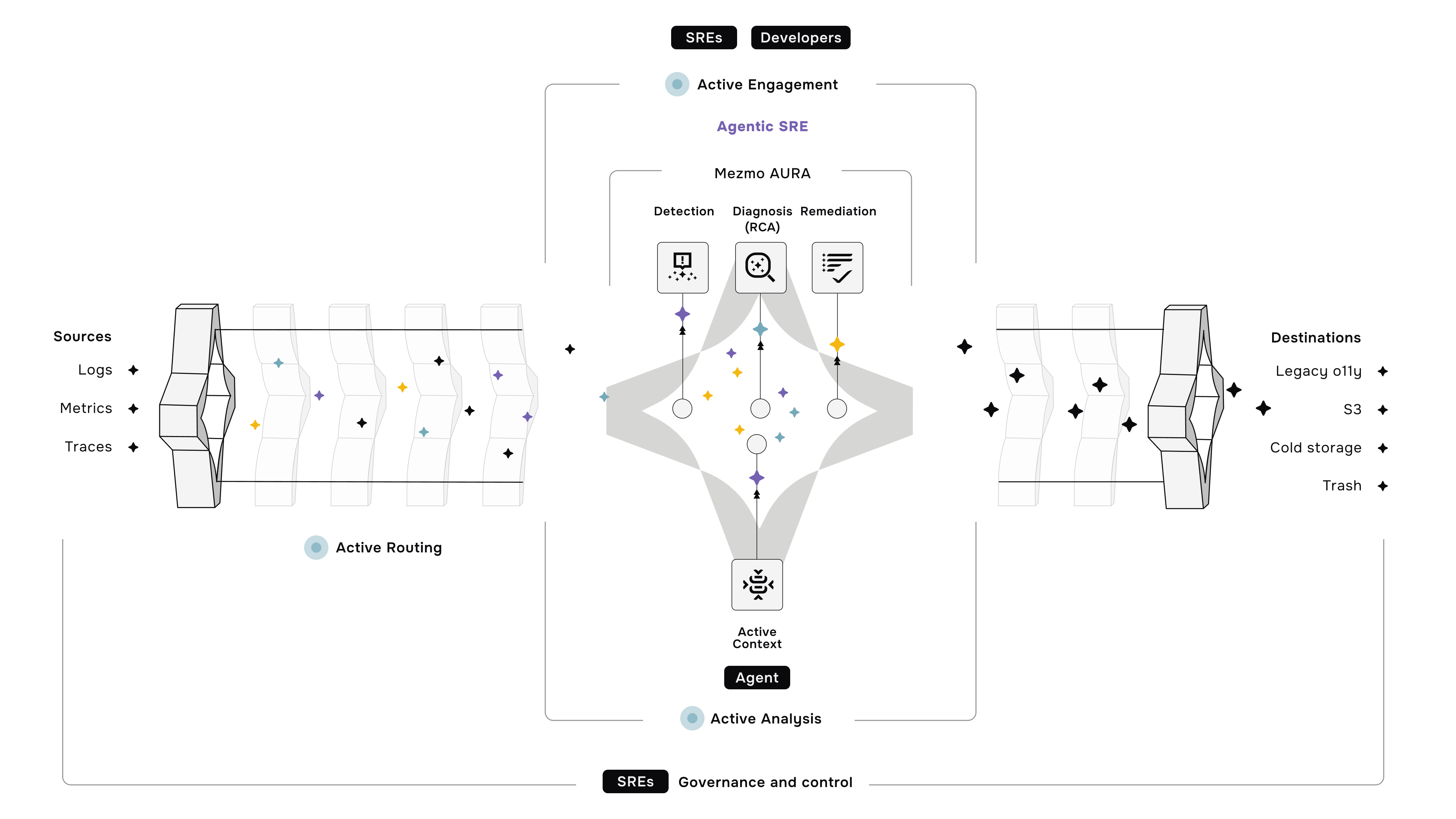

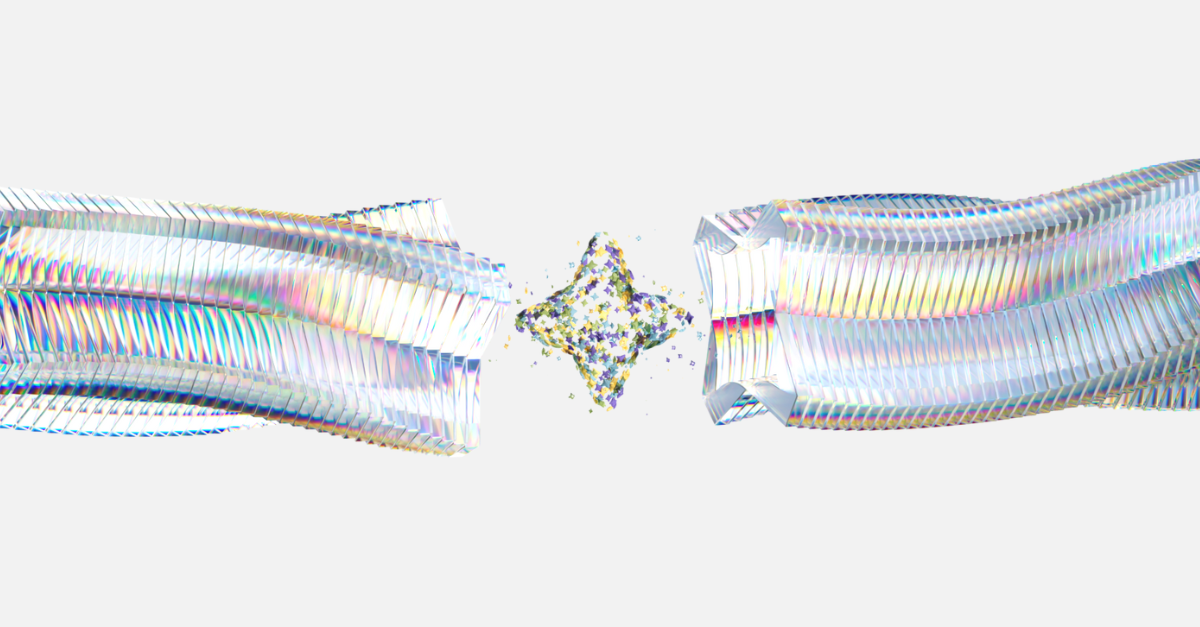




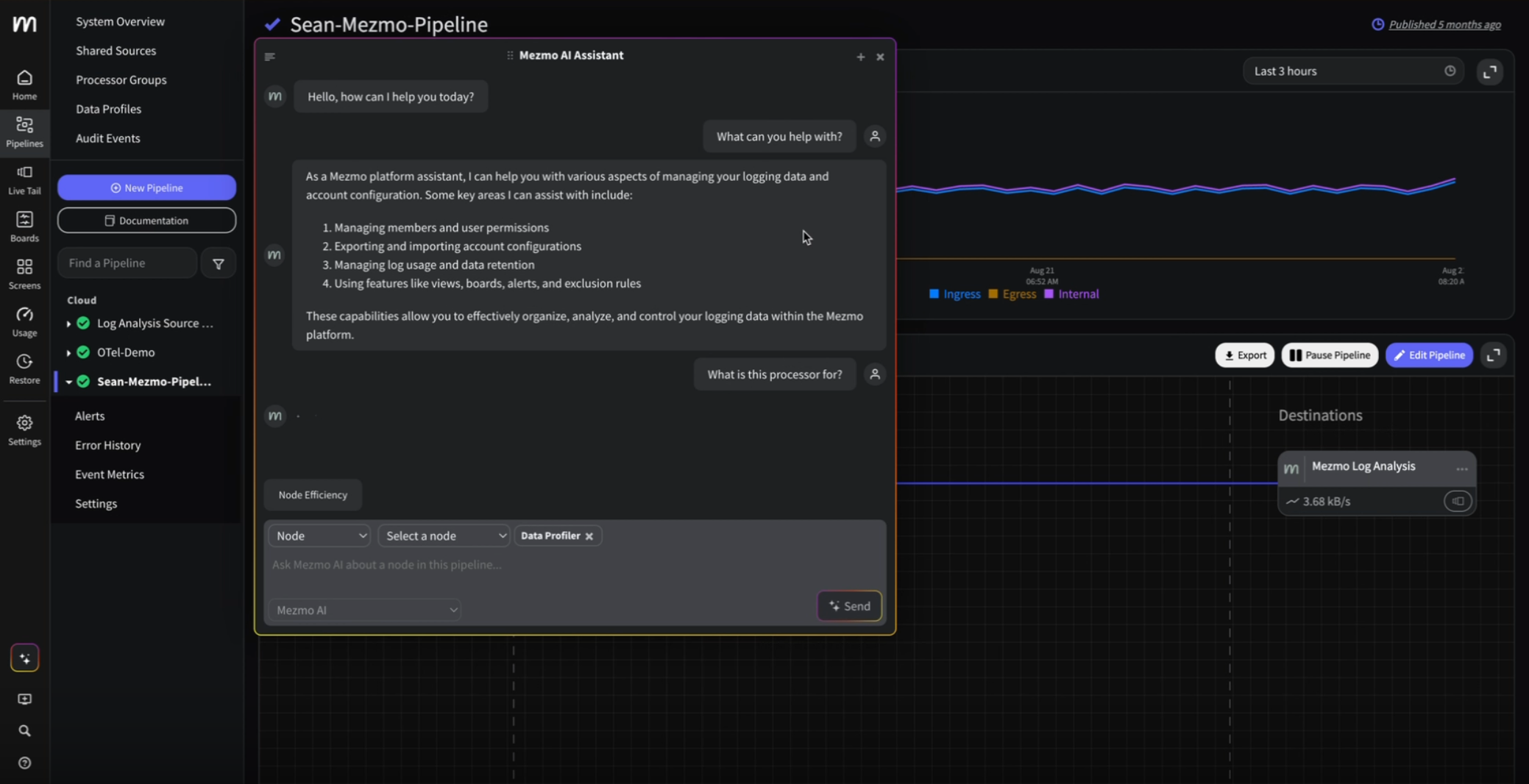
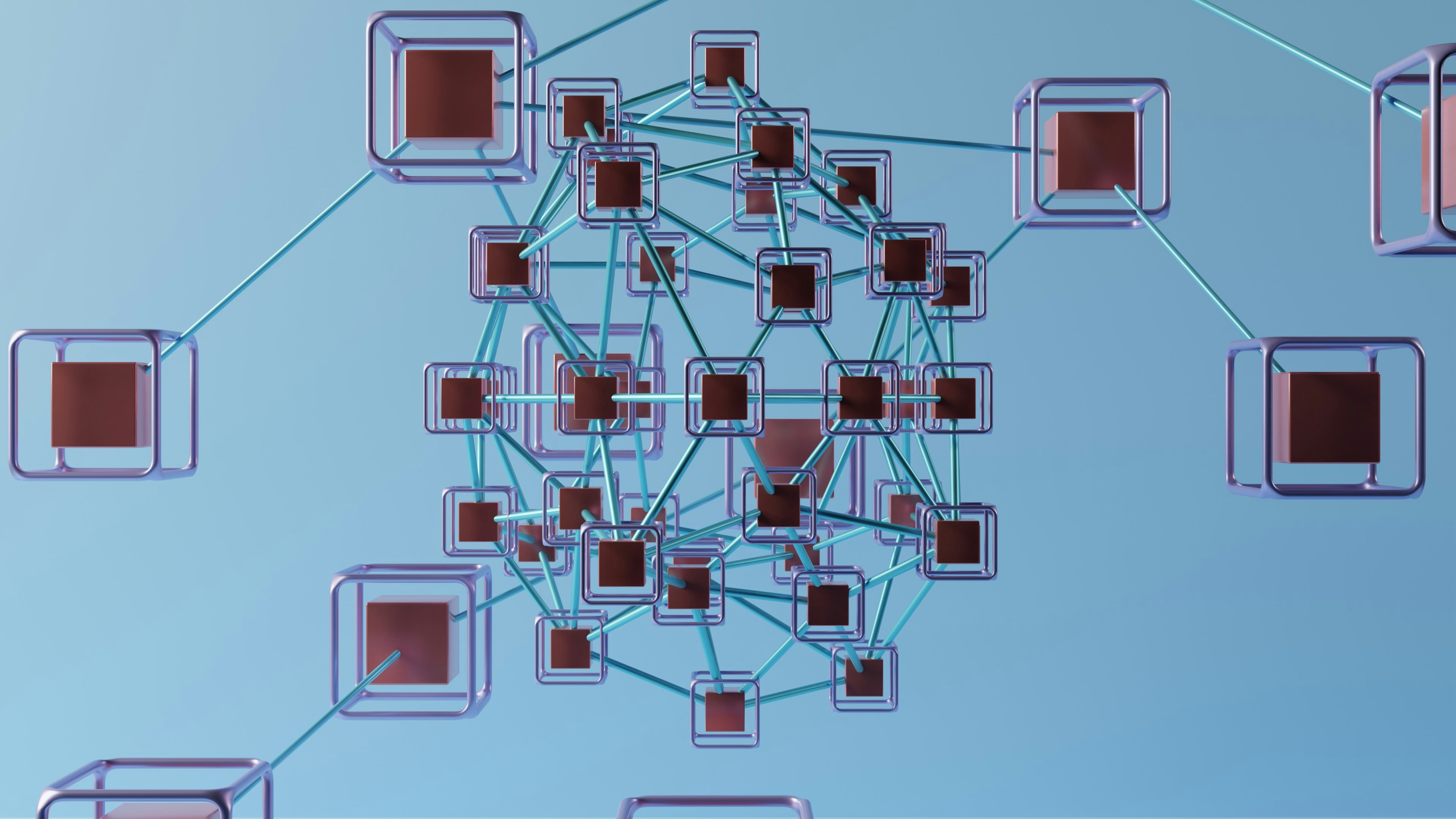

.png)




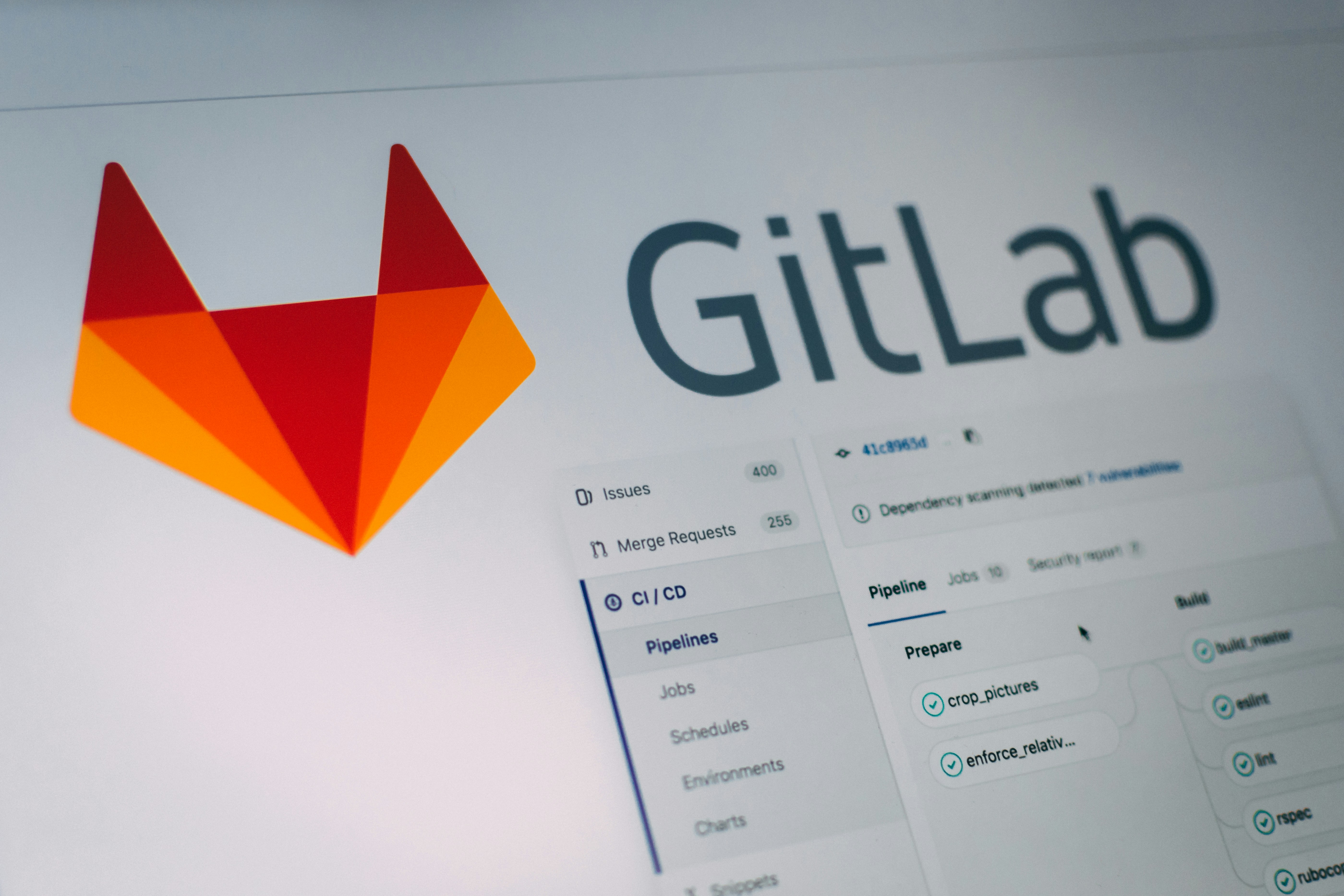
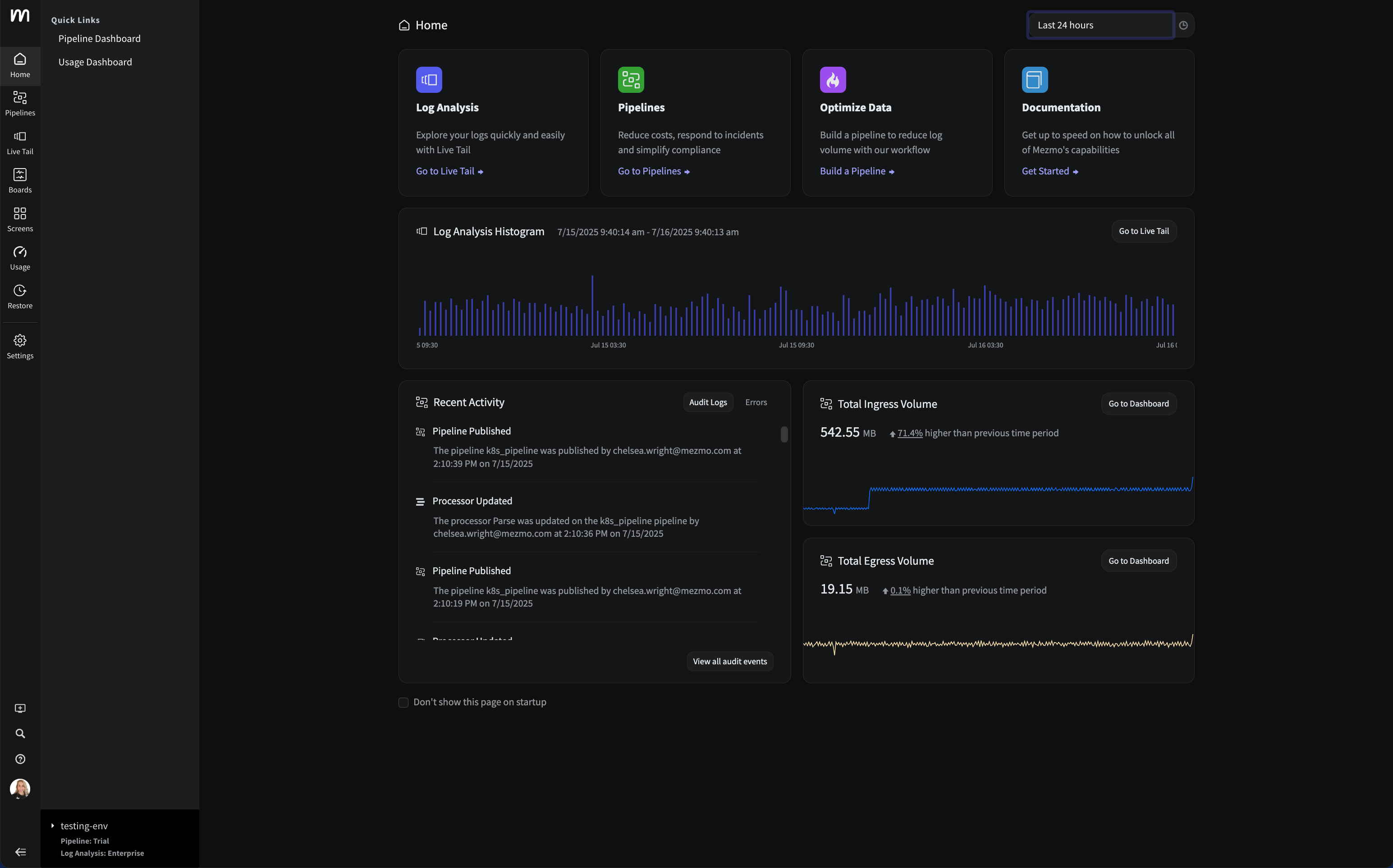


















.png)



































































